- After completion, it will promote the economic and social development of Laos
- At the same time, it will also inject new momentum into the economic development of Southwest China

As we all know, Laos is a special existence among the six countries in the Indochina Peninsula. It is wrapped in the middle by China, Myanmar, Thailand, Vietnam, and Cambodia. It is mountainous and lacks roads, and the traffic is extremely underdeveloped.
Laos, covering an area of 236,800 square kilometers, has an area similar to China's Guangxi Zhuang Autonomous Region. With the same area and adjacent geographical location, more than ten cities in Guangxi have opened EMUs, and there are countless provincial and intercity railways. What about Laos? There are only 3.5 kilometers of railway mileage in the territory. At present, this is the only section of railway in Laos. From Thailand through the Thai-Lao Friendship Bridge to Tana Gallery in the south of Vientiane, the platform of Tana Gallery is simple and the vehicles are old. From here, the Lao takes a 15-minute train to Nong Khai Station in Thailand to continue the journey. Even so, there are still many Lao people who have not taken a train yet.
In the ever-changing modern world, if Tanalang Station is full of nostalgia in the history of transportation, the China-Laos Railway will become the most realistic and direct way for the Lao people to catch up with modern life, and it will also carry nearly 6.8 million people into the modern world. The hope of society.
Lu Suoguo became Lu Lianguo
Among the 146 countries with railways in the world, Laos ranks fourth from the bottom. Lu Suoguo "locked" Laos' internal and external exchanges, "locked" the pace of Laos' economic development, and "locked" the Lao people's yearning for a better modern life.
To be rich, build roads first. How to turn the disadvantages of landlocked countries into advantages? That is to turn oneself into a transportation hub for all countries on the land. On September 18, 2015, Laos Deputy Prime Minister Somsavat Lingsavat delivered a speech at the China-ASEAN Expo, Laos will change from a "landlocked country" to a "land-union country". How to connect? One of the keys is the China-Laos Railway from Mohan-Boding Port on the China-Laos border in the north to Vientiane in the south.

The China-Laos Railway starts in the north from Yuxi City, Yunnan Province, China, passes through Pu'er City, Xishuangbanna, and Mohan at the China-Laos border, and passes through Luang Prabang, a famous tourist attraction in Laos, to Vientiane, the capital of Laos. There are 32 stations on the whole line: Bo Ding, Nadui, Namo, Nathon, Muang Sai, Ban Na Ko, Muang A, Hoi Han River, Luang Prabang, Sang Nun, Sala Bus, Meng Kassi, Pan Fat Dang, Vang Vieng, Vang Ki, Phong Hong, Ban Phen Sang, Vientiane North, Vientiane, Vientiane South, including Bo Ding, Nadui, Na Mo, Meng Sai, Meng A, Luang Prabang, Meng Kassi, Vang Vieng There are 10 passenger stations in Fenghong, Vientiane and Vientiane.
China Section: The Yumo Railway, with a total length of 508.53 kilometers and a design speed of 160 kilometers per hour. It is a Class I electrified railway of the National Railway. Among them, the section from Yuxi to Xishuangbanna is a double line, and the section from Xishuangbanna to Mohan is a single line. The total investment of the project is 50.545 billion yuan, and the construction period is 5 years. Construction started in April 2016 and is expected to be completed and opened to traffic by the end of 2021.
Laos section: From the China-Laos border port in the north to Bo Ding, to the south through Nanta, Oudomxay, Luang Prabang, and Vientiane provinces in northern Laos, it will reach Vientiane, the capital of the Lao People’s Democratic Republic, with a total length of 414 kilometers. , The total investment is about 37.4 billion yuan. The passenger transport speed is 160 km/h, and the freight transport speed is 120 km/h. It is a normal-speed railway.

It is reported that the China-Laos Railway is an important project for China’s Belt and Road Initiative and Laos’s strategy of turning a landlocked country into a land-linked country. It is also the first China-based investment and construction after the Belt and Road Initiative was put forward. The whole line adopts Chinese technical standards, uses Chinese equipment and cooperates with it. International railways directly connected to China's railway network. The whole line started construction in December 2016 and entered full construction in mid-2017. It is planned to open to traffic before the end of December 2021.
As of the end of February 2021, a total of 49.32 billion yuan has been invested in the domestic section of the China-Laos Railway, which is 97.6% of the total design. The 93 tunnels on the whole line have penetrated 91, and the construction period of the remaining two tunnels is within controllable range. Subgrade, bridge, tunnel engineering and the main construction of the station building are basically completed, and the laying and erection works are progressing in an orderly manner. According to Lu Dongfu, a representative of the National People's Congress, chairman of the China National Railway Corporation, and party secretary, the construction of the China-Laos railway is progressing smoothly, and it can be guaranteed that the whole line will be fully operational by the end of December 2021, and direct transportation will be realized between Kunming and Vientiane.
Lao people travel the world by train
It is an important national development goal of Laos to break through the heavy mountain blockade and change the "land-locked country" into a "land-union country". When the China-Laos Railway is opened to traffic at the end of December 2021, Laos will be transformed from a land-locked country to a land-linked country, creating a land transportation hub in the Indochina Peninsula. The kind and simple Lao people will enter a new era of railway transportation. .


The China-Laos Railway and the China-Laos Economic Corridor have been born together, and the China-Laos Railway has been given new content and new missions. What about the China-Laos Economic Corridor?
The China-Laos Railway employed a large number of local Lao workers during the construction process, trained many Lao national engineering management talents and skilled workers, and donated money and materials to the people in the disaster-stricken area in Laos to participate in disaster relief. This "going out" Chinese railway not only brings Chinese technology, Chinese standards, and Chinese speed, but also conveys the warmth of China full of friendship and sincerity.
The completion of the Boding Tunnel and the future operation of the China-Laos Railway will make the mountains of northern Laos a thoroughfare, and the lives of many people will also be changed. According to Benkan, a truck driver in Laos, “You will never encounter fruit rotten in the car again. It is transported by train, and it is more and cheaper.” And Duan Zhai, who does business in Boding, said. : "I am going to open a bigger shop at Boding Station. I have saved enough money to build a new house."

The China-Laos Railway passes through Nantha Province, Oudomxay Province, Luang Prabang Province, Vientiane Province and the capital Vientiane City. Along the line, there are very rich mineral resources and tourism resources. The ancient capital of Luang Prabang, the beautiful Vang Vieng, Vientiane, with its many historical sites, is a tourist attraction. After the completion of the China-Laos railway, the north-south traffic will be greatly improved, and the travel time from Vientiane to the China-Laos border will be shortened to less than 4 hours. Thipa Phong, manager of Vang Vieng Riverside Villa Hotel, said: "We are all looking forward to the opening of the China-Laos Railway, and we look forward to more tourists, especially Chinese tourists, coming to Laos!"
According to villagers in Moping Village near the Boding Tunnel, the villages that the railway passes through have changed more and developed faster. Many people in the village often go to see the railway construction. Many children in the village have begun to learn Chinese, and they look forward to opening to traffic soon. . Here, the people make a living by farming, breeding and forestry. After the railway is open, the village will transport fruits and rubber by train and sell them to China and more countries.
It can be seen that the China-Laos Railway will also play its core role in the China-Laos Economic Corridor, increase the coordinated development of tourism, commerce, agriculture, animal husbandry, and processing industries along the route, and promote the Laos national economy into a new era driven by rail transportation. Suvarnabhumi said: “The China-Laos Railway has two stations in Nanta, one in Boding and the other in Nadui. Boding is a special economic zone, and Nadui is a distribution center for goods entering and leaving Laos. The railway will greatly promote Nanta. The economic development of the province and Laos."

According to the report released by the Lao government, the GDP growth rate of Laos will be 6.7% in 2019. Industry is the biggest driving force for Laos' economic growth in 2019. The rapid growth of industry is mainly due to the establishment of new factories in various special economic zones. Lao Parliament Member Campbell said that many garment manufacturers and electronic equipment companies have gradually moved their production bases to Laos. With the opening of the China-Laos railway, whether it is for the production of raw materials into Laos or the products for export, the transportation costs will be reduced. The industry in Laos will enter a period of rapid development.
Relying on the China-Laos Railway, China and Laos will build the China-Laos Economic Corridor from Yunnan, China, passing through a number of important node areas, and arriving in southern Laos. It is not difficult to open the map to see that the China-Laos Economic Corridor runs from northwest to southeast, like a key. It not only unlocks the lock of Laos’ "land lock country", but also creates a line that radiates to Myanmar, Thailand, Cambodia, Vietnam and other countries in the abdomen of the Indochina Peninsula. The path to prosperity.
The chairman of the Lao-China Economic and Trade Cooperation Committee and Lao Minister of Industry and Trade, Kaimani Penzana, said during the inspection of the China-Laos Railway: "Congratulations to the construction of the China-Laos railway project as planned. I wish the project a successful completion and let the Lao people ride the train. To the world.” Today, the dream of the Lao people is gradually becoming a reality. Editor/He Yuting
Comment
 Praise
Praise
 Collect
Collect
 Comment
Comment
 Search
Search



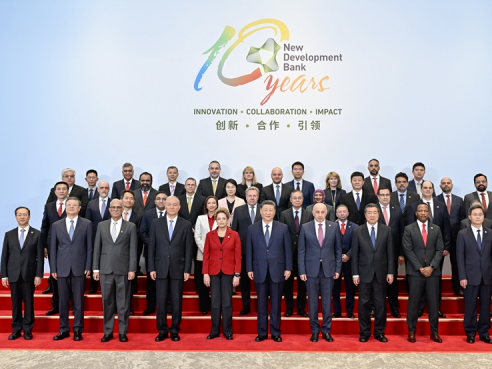
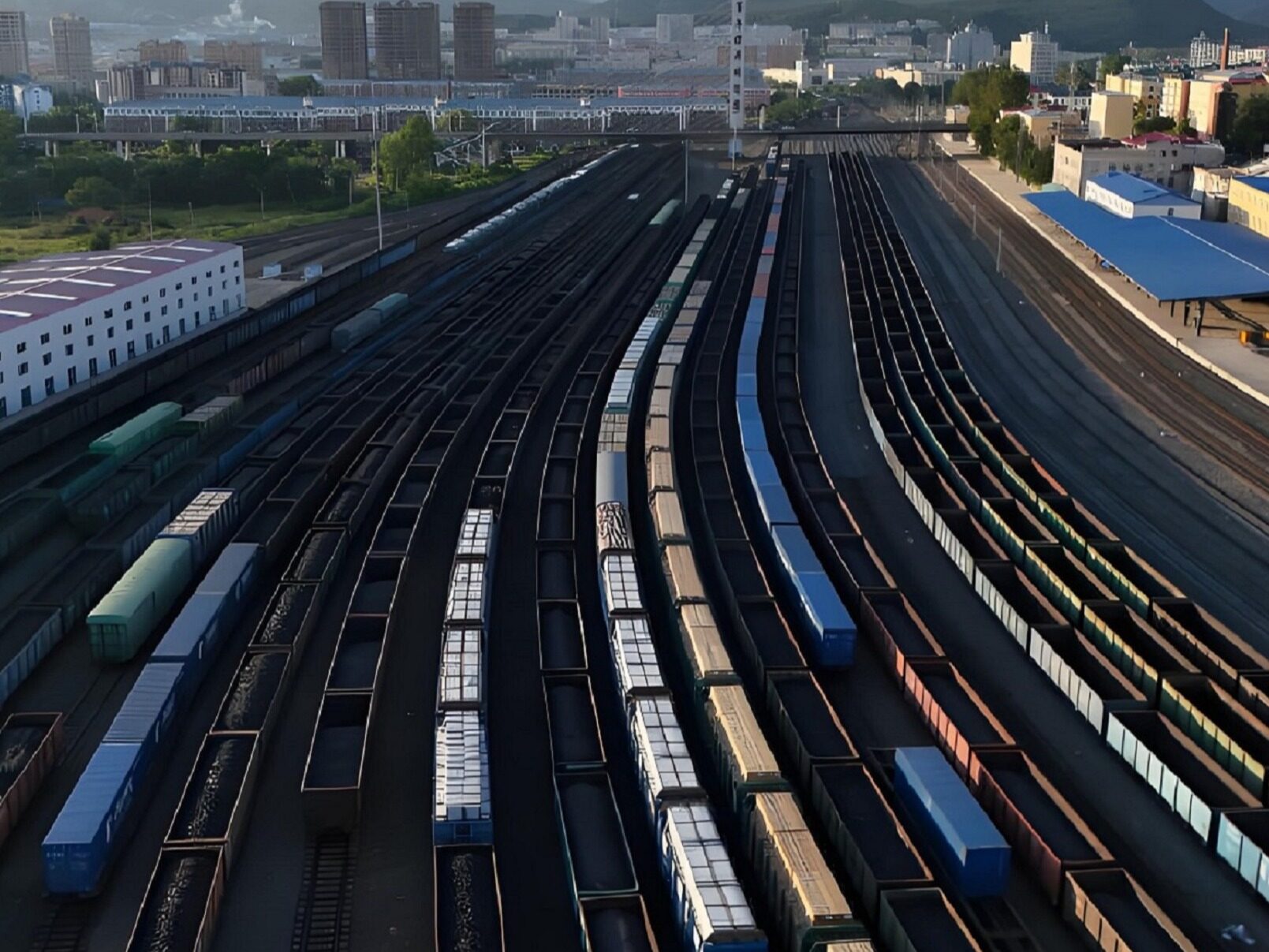
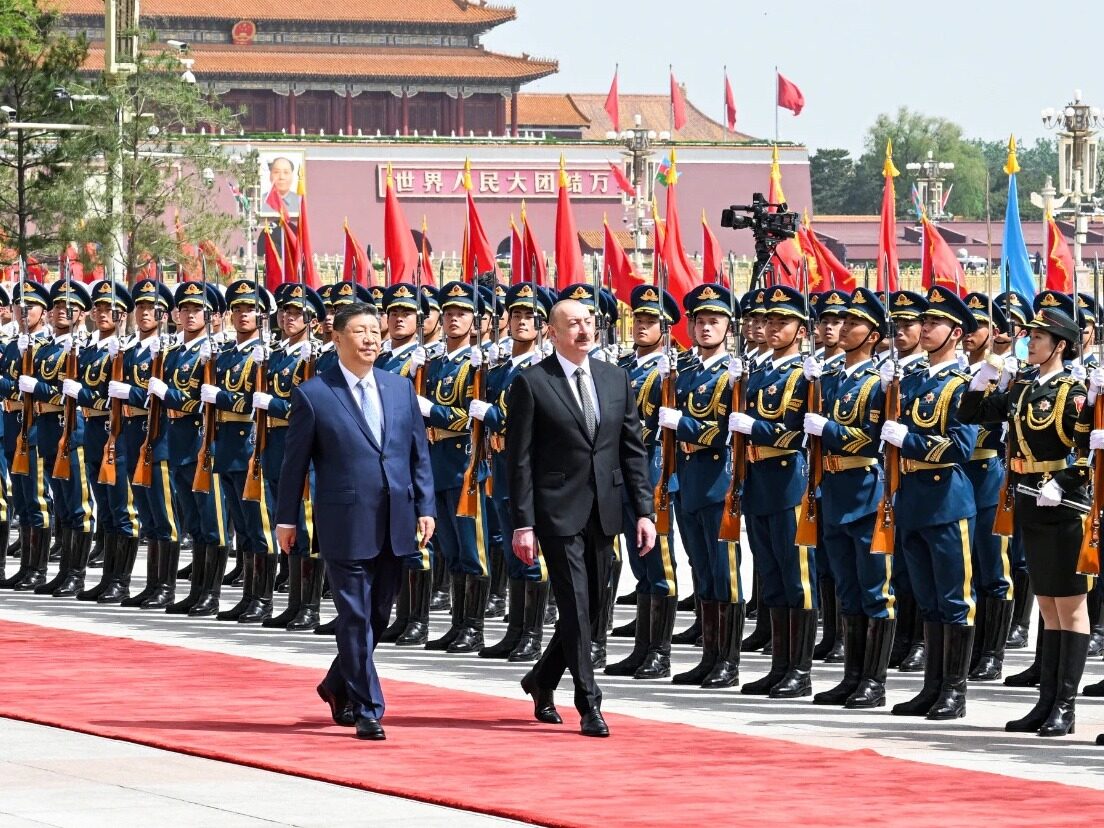
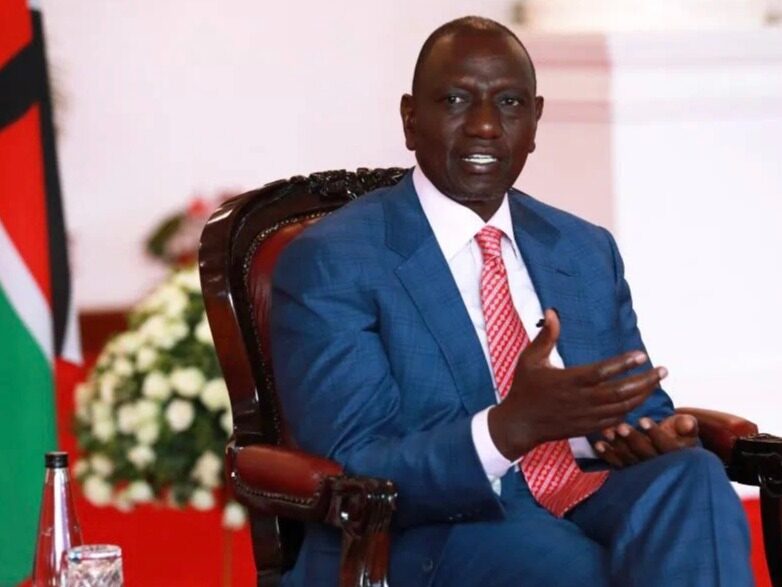
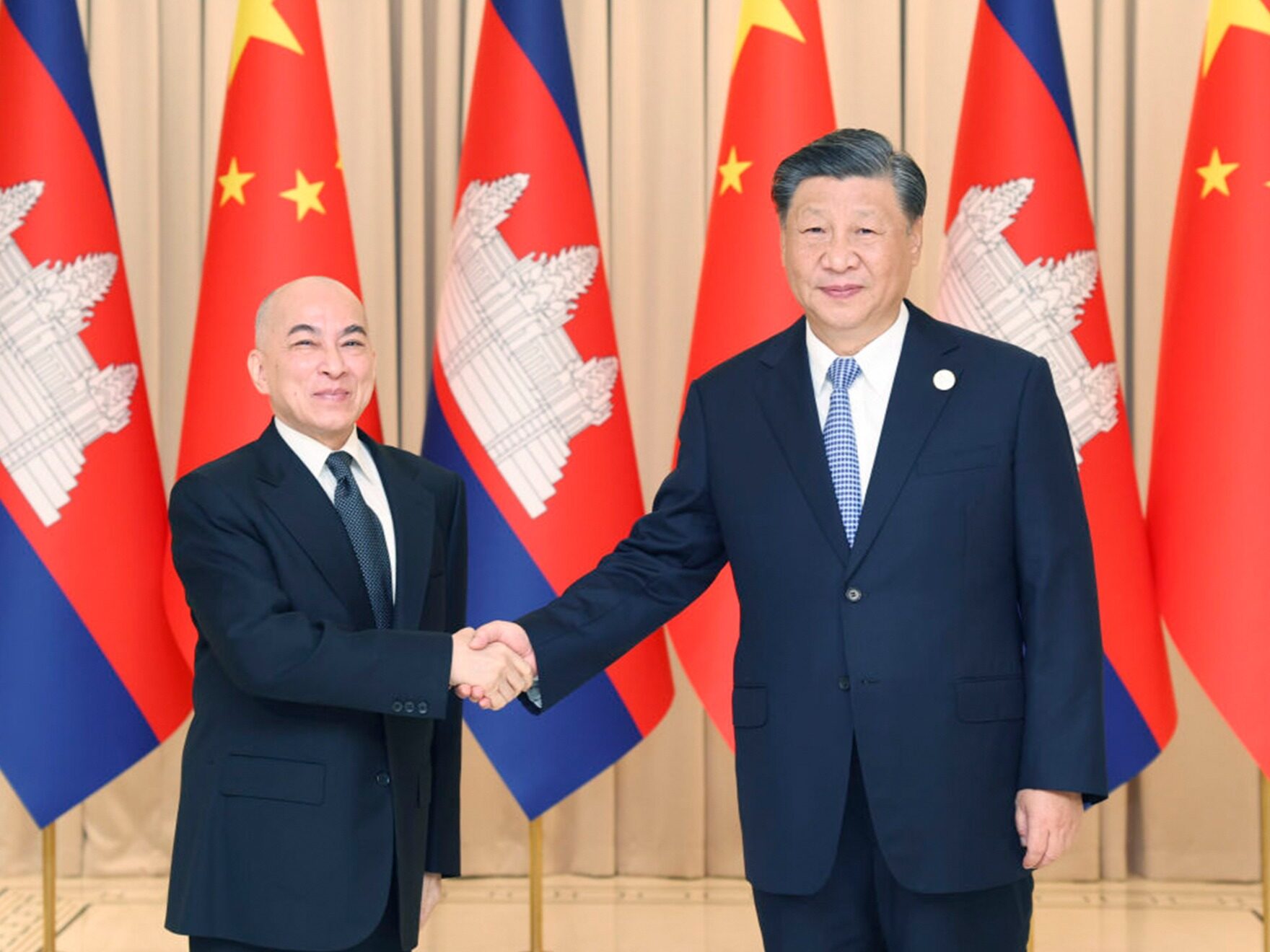






Write something~